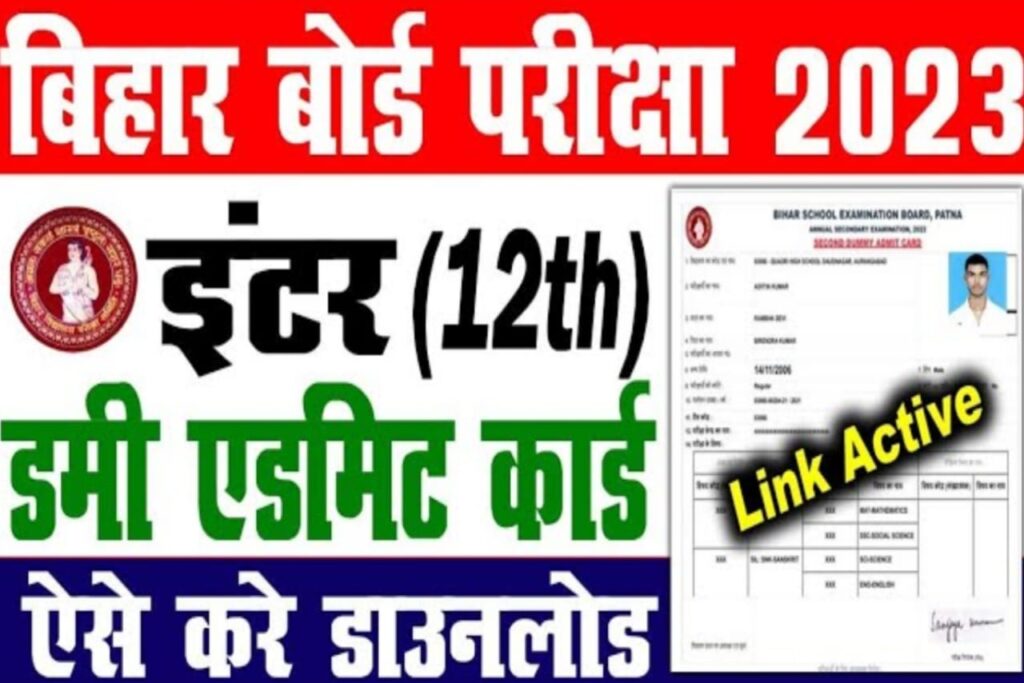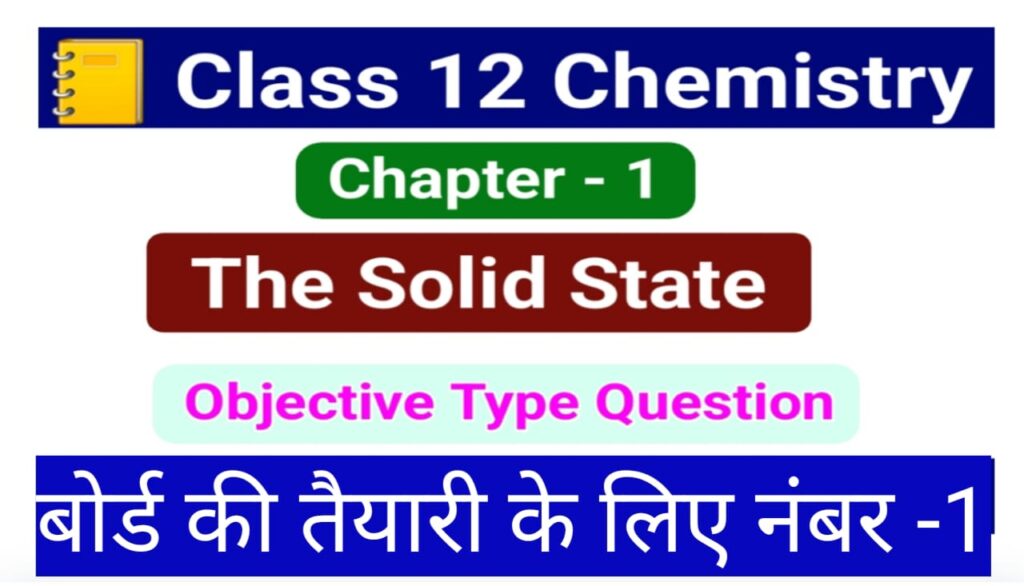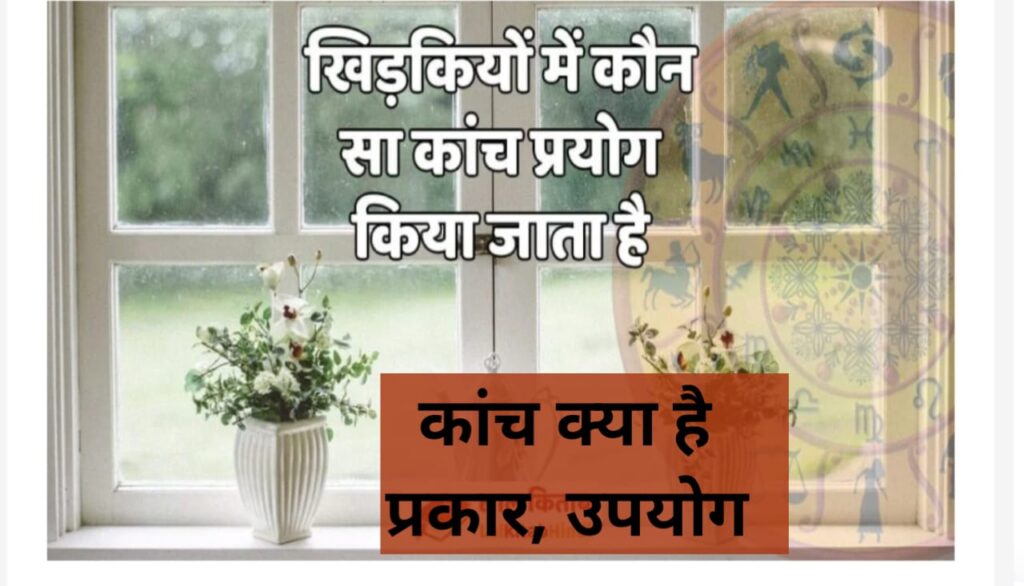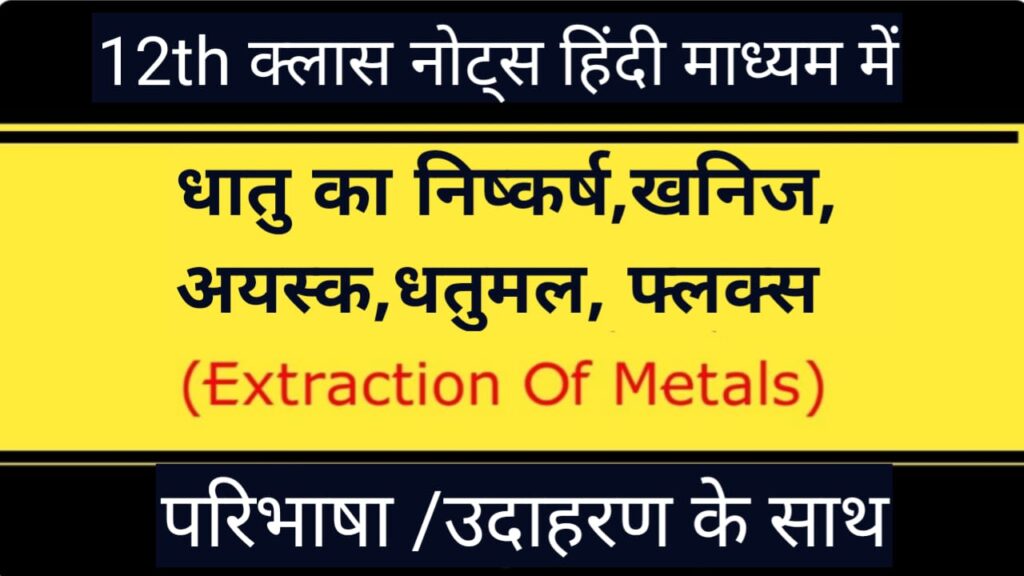1. Which unit of time is selected for fast reactions ?
(a) Day
(b) Second
(c) Year
(d) Nanosecond.
Answer: Option (d)
2. The reaction rate increases with increase in temperature, because ___
(a) Energy barrier decreases
(b) Threshold energy increases
(c) Activation energy increases
(d) The number of molecules undergoing effective collision increases.
Answer: Option (d)
3. For the reaction n1A + n2B → Products; rate =K[A]3[B]0 if concentration of A is doubled and concentration of B is halved, then reaction rate ___
(a) Increases by four times
(b) Increases by eight times
(c) Is doubled
(d) Becomes ten times.
Answer:Option (b)
4. Which of the following is indicated by the stoichiometry of the reaction ?
(a) Order of reaction
(b) Mechanism of reaction
(c) The number of intermediate compound
(d) The relative mole number of reactants and products.
Answer:Option (d)
5. What is the SI unit of reaction rate ?
(a) mol sec-1
(b) mol m-3 sec-1
(c) mol dm sec-1
(d) mol lit-1
Answer:Option (b)
6. If the order of reaction is ‘n’, then what will be the unit of its rate constant ?
(a)
(b)
(c)
(d)
Answer:Option (b)
7. α
(a)
(b) n-1
(c)
(d) n
Answer:Option (d)
8. (a) 2, 2, 2
(b) 0, 2, 2
(c) 0, 1.5, 2
(d) 2, 1.5, 2
Answer:Option (c)
9. If two reactants are taking part in the reaction, then the reaction will never be
(a) First order
(b) Second order
(c) Monomolecular
(d) Bimolecular.
Answer:Option (c)
10. Of which of the following factors, the rate of reaction depends on
(a) Molecular mass of reactant
(b) Atomic mass of reactant
(c) Equivalent weight of reactant
(d) Active mass of reactant.
Answer:Option (d)
11. (a) Rate of introduction of N2O5
(b) Decomposition rate of N2O5
(c) Order of reaction
(d) Molecularity of reaction.
Answer:Option (b)
12. Which of the following statements is incorrect for Arrhenius rate constant equation ?
(a) It gives quantitative idea about K and T
(b) As T increases K is increasing and A is decreasing
(c) As Ea increases K is increasing
(d) If Ea = 0 then K = A.
Answer:Option (b)
13. Which of the following statements is incorrect regarding order of reaction and molecularity ?
(a) Molecularity is the theoretical conclusion while order of reaction is experimental conclusion.
(b) The value of molecularity is positive integer while the value of reaction order may be positive, negative of zero.
(c) Molecularity explains the reaction mechanism while reaction order does not give any information about reaction mechanism.
(d) For elementary reactions, the order of reaction and molecularity are same.
Answer:Option (c)
14. For which elementary reactions, the order of reaction and molecularity will be same ?
(a) Monomolecular and bimolecular
(b) Bimolecular and termolecular
(c) Monomolecular and termolecular
(d) All the molecular reactions.
Answer:Option (b)
15. Which of the following mathematical relations is correct ?
(a)
(b) α
(c)
(d) All the three relations given here are correct.
Answer:Option (d)
16. What is indicated by negative sign before the term of reaction rate ?
(a) The kinetic energy of the reaction decreases with time
(b) The energy barrier of reaction decreases with time
(c) The energy of activation of reaction decreases with time
(d) the concentration of reactants decreases with time.
Answer:Option (d)
17. If temperature of the reaction is increased from 300 to 310 K, the value of rate constant is almost doubled because ___
(a) Kinetic energy is doubled
(b) The fraction of effective collision of molecules is almost doubled
(c) The number of molecular collision increases
(d) Energy of activation decreases.
Answer:Option (b)
18. The reactions having very high values of energy of activation are generally ___
(a) Very slow
(b) Very fast
(c) Spontaneous
(d) Medium fast.
Answer:Option (a)
19. (a) 3300 min
(b) 2000 min
(c) 1500 min
(d) None of the three.
Answer:Option (d)
20. For which reaction the collision theory is generally more satisfactory ?
(a) First order
(b) Second order
(c) Zero order
(d) Any order.
Answer:Option (b)
21. In the reaction A→B, If the concentration of A is doubled then the reaction rate increases by 1.59 times then what will be the order of reaction ?
(a) 2/3
(b) 3/2
(c) (1.59)2
(d) 1.59
Answer:Option (a)
22. Zero order reaction means ___
(a) Reaction occurring at zero Kelvin temperature
(b) The value of reaction rate is zero
(c) The reaction in which the reactants do not take part in chemical reaction
(d) Reaction rate and rate constant are equal.
Answer:Option (d)
23. Which of the following reactions will be comparatively the slowest ?
(a) Decomposition of urea in presence of urease enzyme
(b) Formation of rust on iron in presence of inhibitors
(c) The combination of N2 and O2 when lightening is there in the sky
(d) The rate of reverse reaction in presence of catalyst.
Answer:Option (b)
24. What is studied in chemical kinetics ?
(a) Structure of molecules
(b) Possibility whether reaction will occur or not
(c) Reactants will transform into which product
(d) The study of reaction rates of chemical and physical changes.
Answer:Option (d)
25. Which of the following unit of time possessing reaction will be the fastest ?
(a) Femtosecond
(b) Nanosecond
(c) Picosecond
(d) Microsecond.
Answer:Option (a)
26. Elementary reaction 2SO2(g) + O2(g) →Products. If pressure is increased by three times then reaction rate ___
(a) Increases by 3 times
(b) Increases by 9 times
(c) Increases by 18 times
(d) Increases by 27 times
Answer:Option (d)
27. According to transition state theory, the reaction can be shown passing through which of the following steps ?
(a) Reactants → Products → Activated complex
(b) Reactants → Products
(c) Reactants → Activated complex → Products
(d) Reactants → Activated complex products →Activated complex → Products
Answer:Option (c)
28. For elementary reaction, which of the following is correct ?
(a) Order of reaction > molecularity
(b) Order of reaction ≠ molecularity
(c) order of reaction = molecularity
(d) Order of reaction < molecularity.
Answer:Option (c)
29. According to molecular collision theory, the reaction is subjected to ___
(a) Number of molecular collisions of reactant
(b) Number of collisions between reactants and activated complex
(c) The collision rate between reactants and product molecules
(d) Number of effective molecular collisions of reactants
Answer:Option (d)
30. Which scientist explained the effect of temperature on the reaction rate constant ?
(a) Faraday
(b) Waag and Guldberg
(c) Le-Chatelier
(d) Arrhenius
Answer:Option (d)
31. For the reaction n1A + n2B → Products: Rate = K [A]3[B]0 if concentration of A is doubled and concentration of B is halved, then reaction rate ___ .
(a) increases by four times
(b) increases by eight times
(c) is doubled
(d) becomes ten times
Answer:Option (b)
32. Which of the following is indicated by the stoichiometry of the reaction ?
(a) Order of reaction.
(b) Mechanism of reaction.
(c) The number of intermediate compound.
(d) The relative mole number of reactants and products.
Answer:Option (d)
33. What is the Si unit of reaction rate ?
(a) mole sec-1
(b) mole m-3 sec-1
(c) mole dm sec-1
(d) mole lit-1
Answer:Option (b)
34. If the reaction between half reaction time and [R]0, is , then what will be the order of reaction ?
(a)
(b) n – 1
(c)
(d) n
Answer:Option (d)
35. What is indicated by ?
(a) Rate of introduction of
(b) Decomposition rate of
(c) Order of reaction
(d) Molecularity of reaction
Answer:Option (b)










